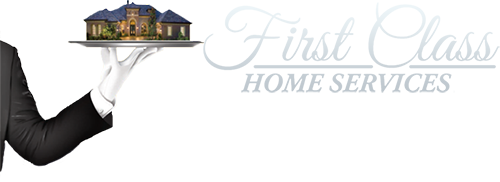Termites
Do I have them?

Our Inspectores will review all accessible locations for signs of termite infestation and damage – both past and present. In addition to identifying activity, your inspector also will indicate areas in or around the home that can be conducive to termite activity. Structural and moisture issues can include standing water on the roof, pooling water around the foundation, wood mulch close to the foundation, and wooden deck supports that touch the soil.
What Do We Check?
Our termite inspector looks for visible signs of termite infestation, including wood damage, mud tubes, discarded wings, termite exit holes and termite droppings. We will also will look for moisture issues and wood-to-ground contact that can be conducive to termite activity.
What Areas Do Our Inspectors Inspect?
Our Termite inspectors focus on common termite entry points and hot spots for activity based on each termite species’ unique behavior. For example, when looking for subterranean and Formosan termite activity, our inspector will target the inside and outside perimeter of a home, including the lowest level of the house, foundation, accessible attics and crawlspaces. If drywood termites are active in the area, our inspector will inspect exposed wood, hardwood floors, attics, crawlspaces and eaves, where accessible. Inspectors also may check wooden furniture for signs of drywood termites.
If your we suspect activity in an area that is not immediately accessible, our inspector will note the conditions in that area and explain potential methods to provide a more comprehensive inspection with special equipment. At times, we recommend drilling small holes in walls or other areas to confirm termite activity.

